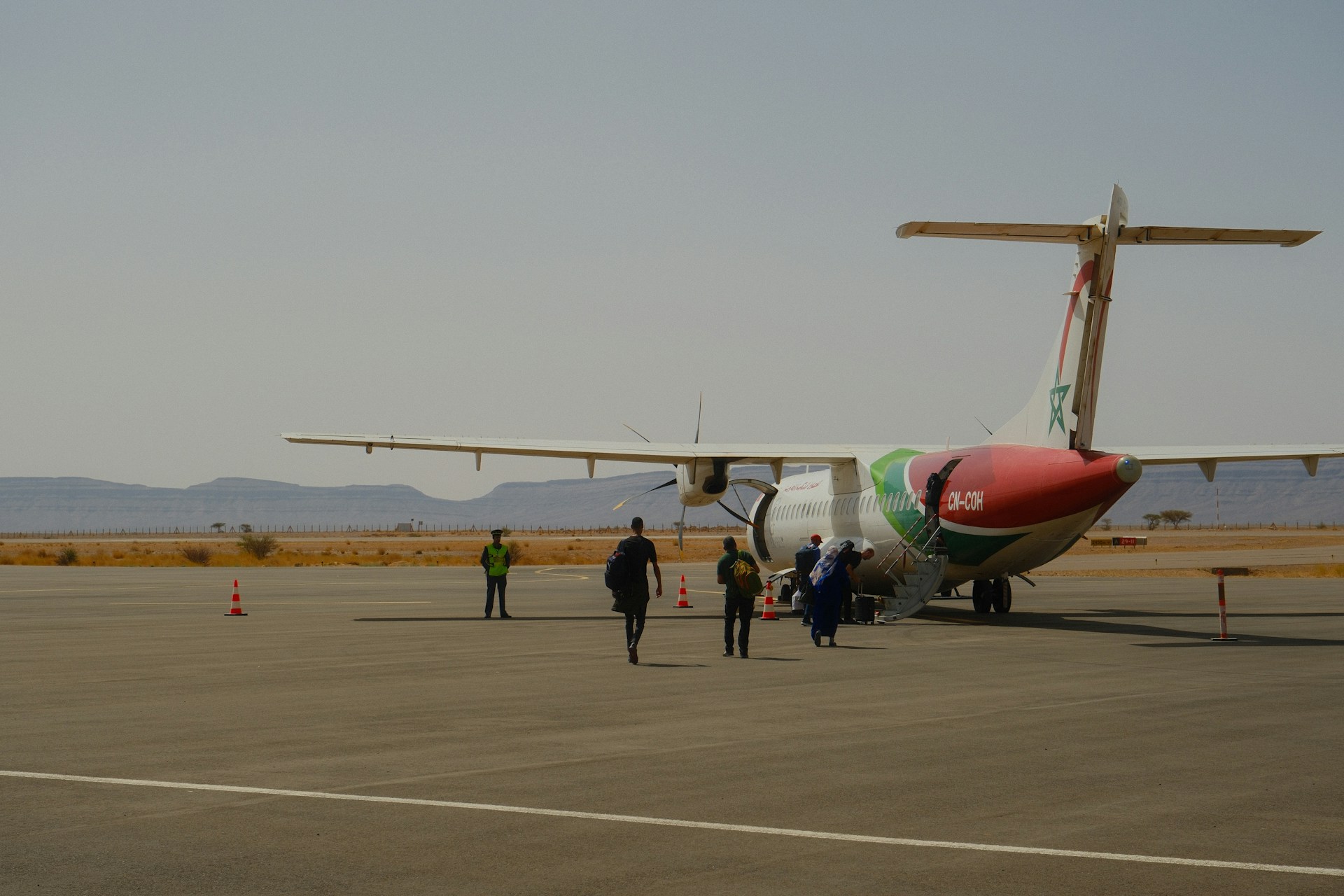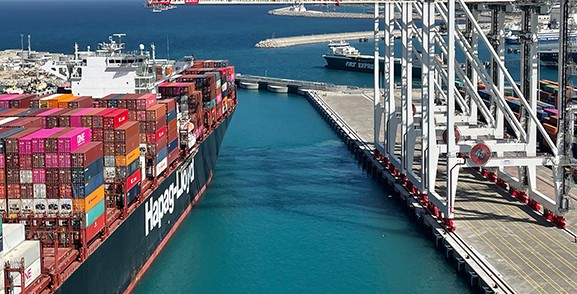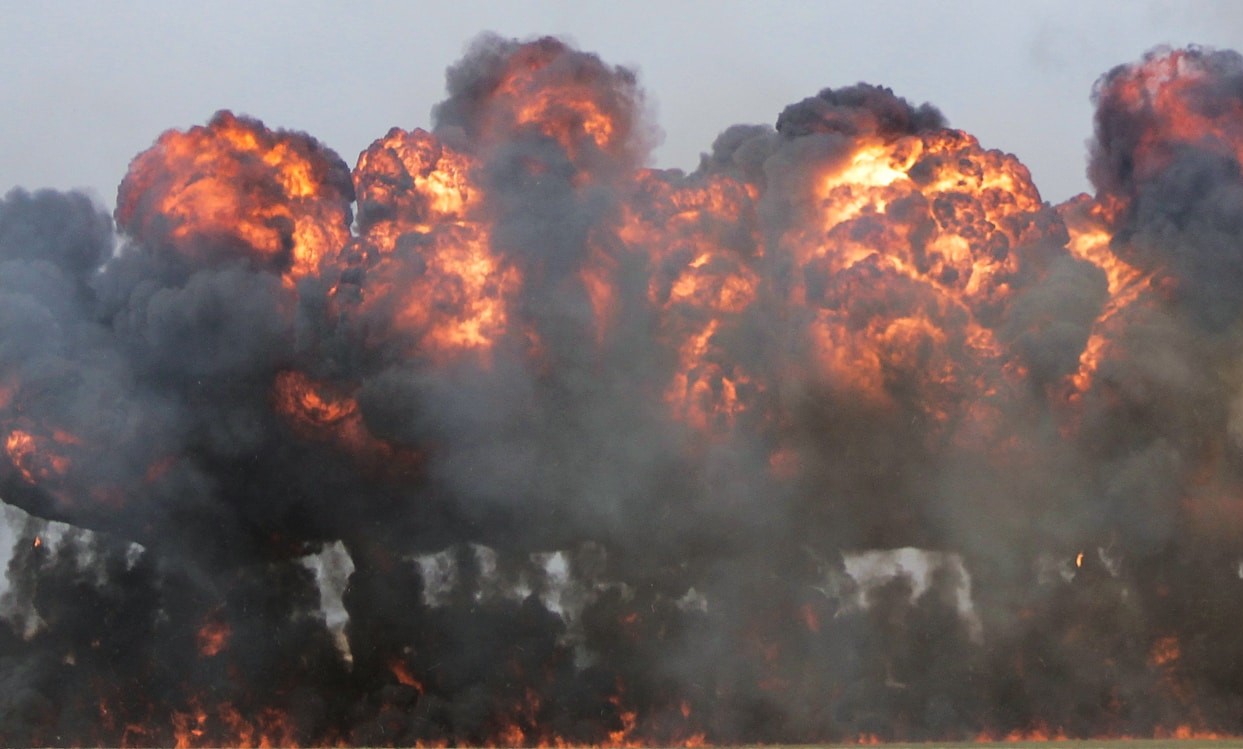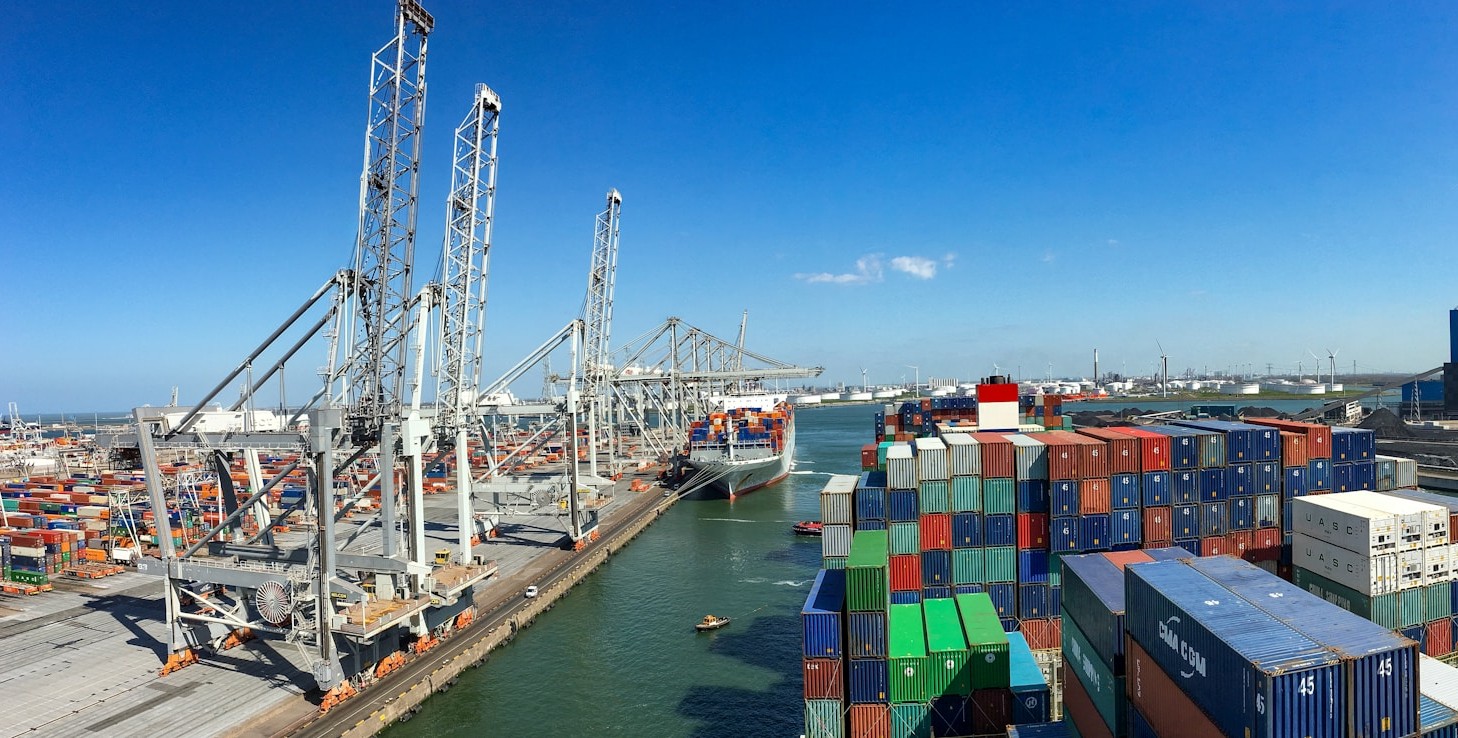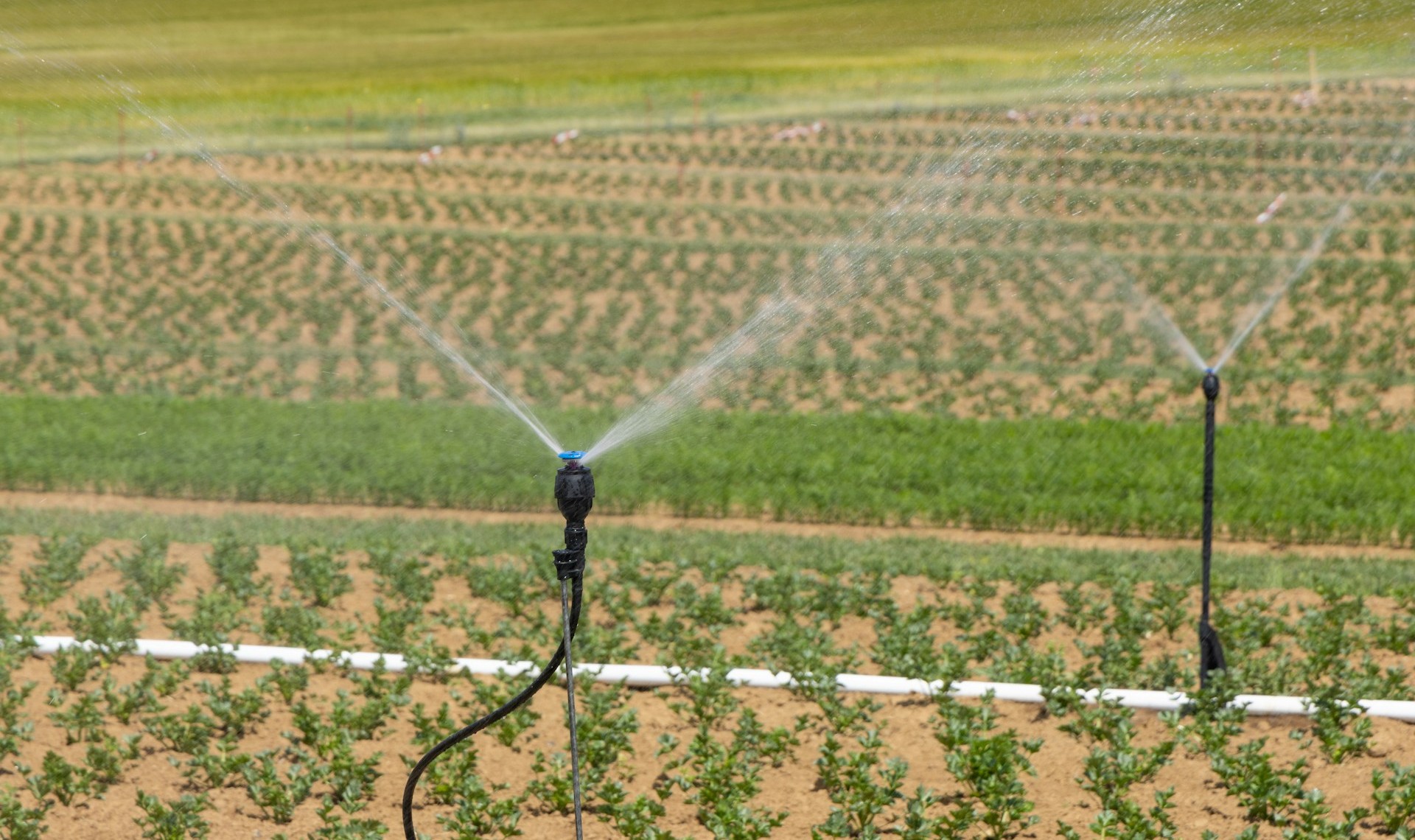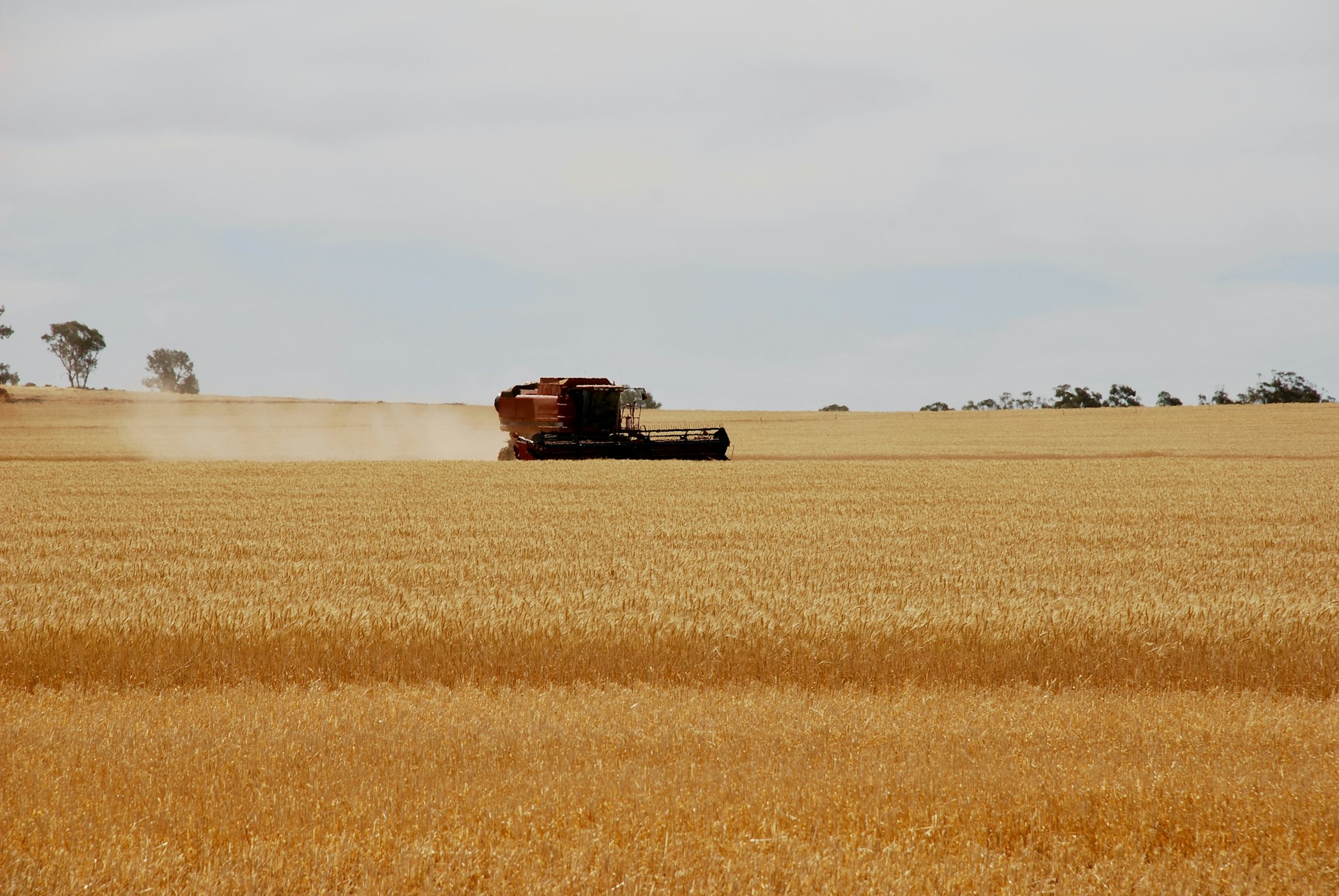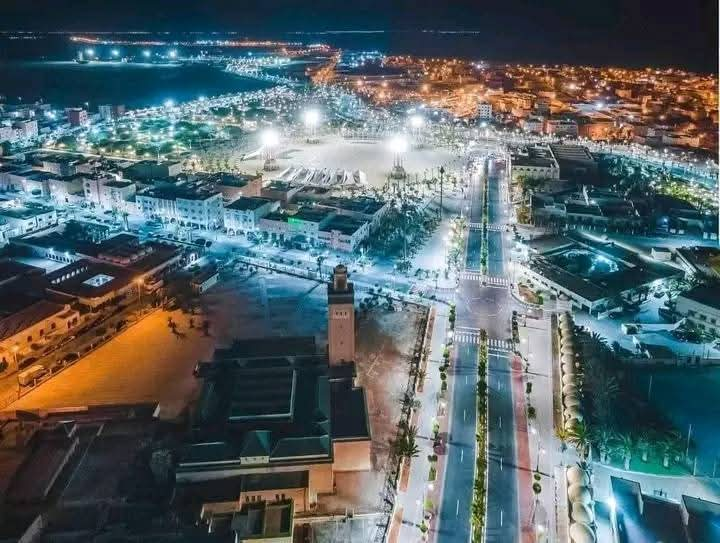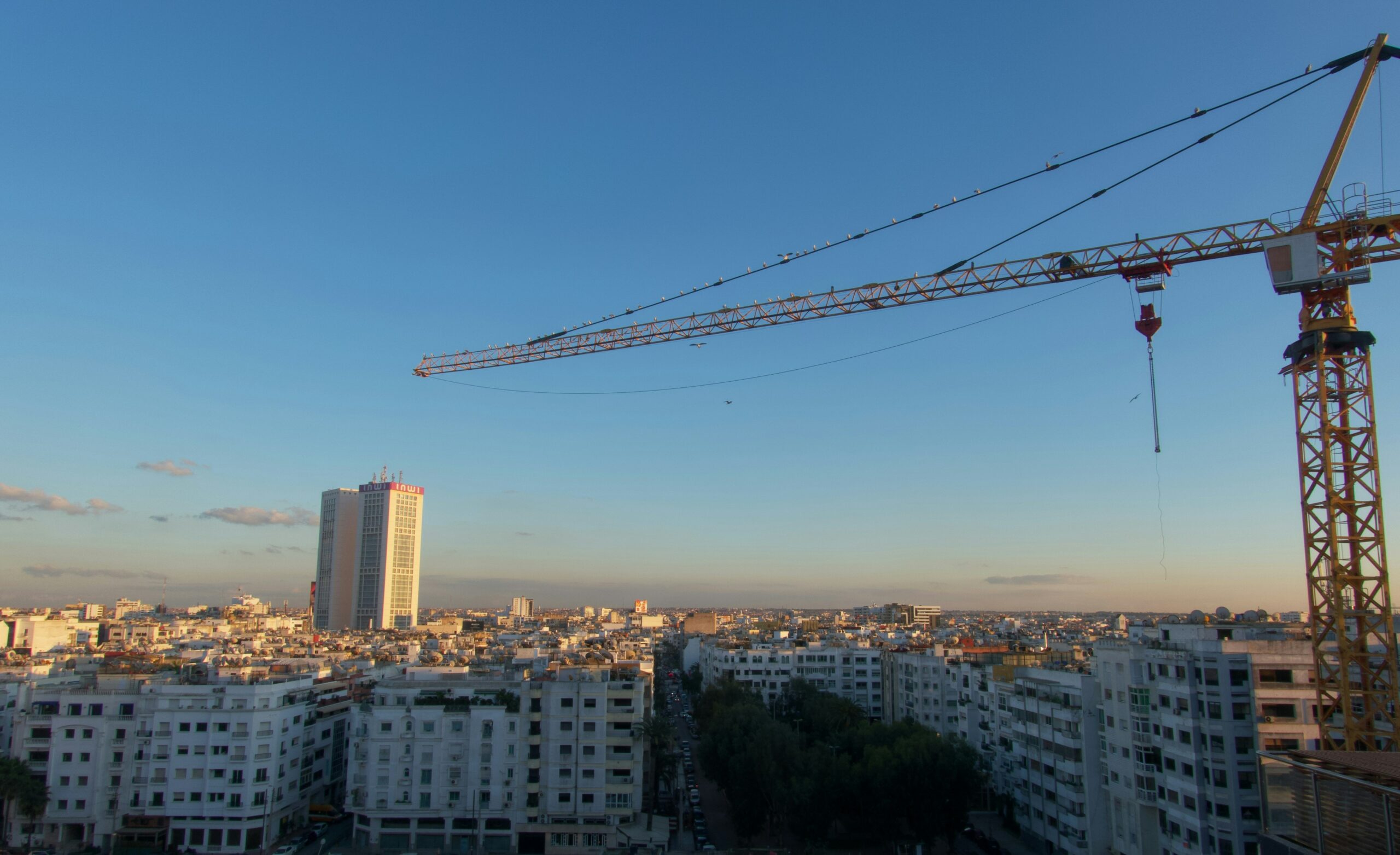Casablanca – Morocco’s economic indicators for the first quarter of 2025 reveal a mixed picture, with a significant expansion of the trade deficit, steady but uneven export performance, and a notable surplus in the execution of the national budget.
According to official data released by the Office des Changes, the country’s trade deficit rose by 16.9% year-on-year, reaching approximately $7.32 billion by the end of March. This deterioration reflects an imbalance between the growth rates of imports and exports. Total imports increased by 6.9%, amounting to roughly $19.28 billion, while exports rose only slightly, by 1.5%, totaling around $11.96 billion. As a result, the trade coverage rate declined to 61.8%, down from 65.1% a year earlier.
The surge in imports was driven primarily by a 27.6% increase in raw material purchases, equivalent to a rise of nearly $206 million, with notable jumps in the import of crude sulfur, metal scrap, and soybean oil. Food imports also climbed by 9.4% (+$206 million), supported by strong demand for live animals and corn, though wheat imports dropped by $206 million. Consumer goods imports rose by 8.7%, led by pharmaceuticals, bicycles and motorcycles, and household furnishings.
On the export front, Morocco’s sales of phosphates and derivatives grew significantly by 18.2% (+$309 million), aided by strong demand for fertilizers, raw phosphates, and phosphoric acid. The aerospace sector also performed well, registering a 15% increase (+$94 million) due to rising sales in aircraft assembly and electrical systems. However, the automotive sector saw a decline of 7.8% (–$309 million), largely driven by a sharp contraction in vehicle manufacturing, only partially offset by growth in wiring exports.
Despite these external sector pressures, Morocco posted a budget surplus of approximately $608 million by the end of March, according to the General Treasury. This was the result of total non-loan revenues amounting to $18.97 billion and expenditures (excluding debt repayments) of $18.37 billion. Including loan proceeds and debt repayments, the available surplus in public finances reached $2.38 billion.
Overall state revenues during the first quarter reached $22 billion, accounting for 32.4% of the annual target set in the 2025 Finance Law. Expenditures stood at $19.62 billion, or 26.4% of the projected annual budget.
Meanwhile, monetary indicators published by Bank Al-Maghrib show that Morocco’s money supply (M3) grew by 8% year-on-year in March, reaching the equivalent of $197.15 billion. This expansion is attributed to increased lending to the non-financial sector, higher net central government debt, and growth in official foreign reserves. Additionally, demand deposits and cash in circulation rose steadily, while growth in savings accounts declined slightly.
These figures reflect an economy under pressure from external trade imbalances but still showing resilience in fiscal and monetary management. However, sustained reliance on imports and the underperformance of key industrial exports like automotive products may pose challenges if current trends persist.
